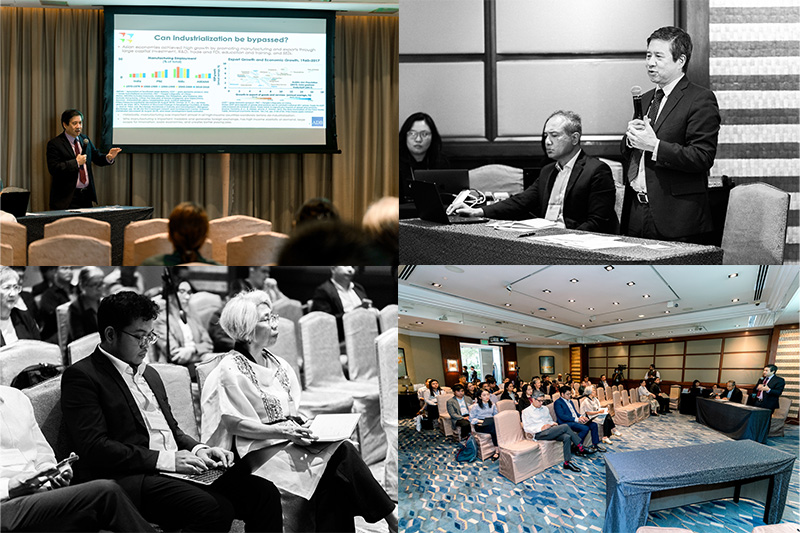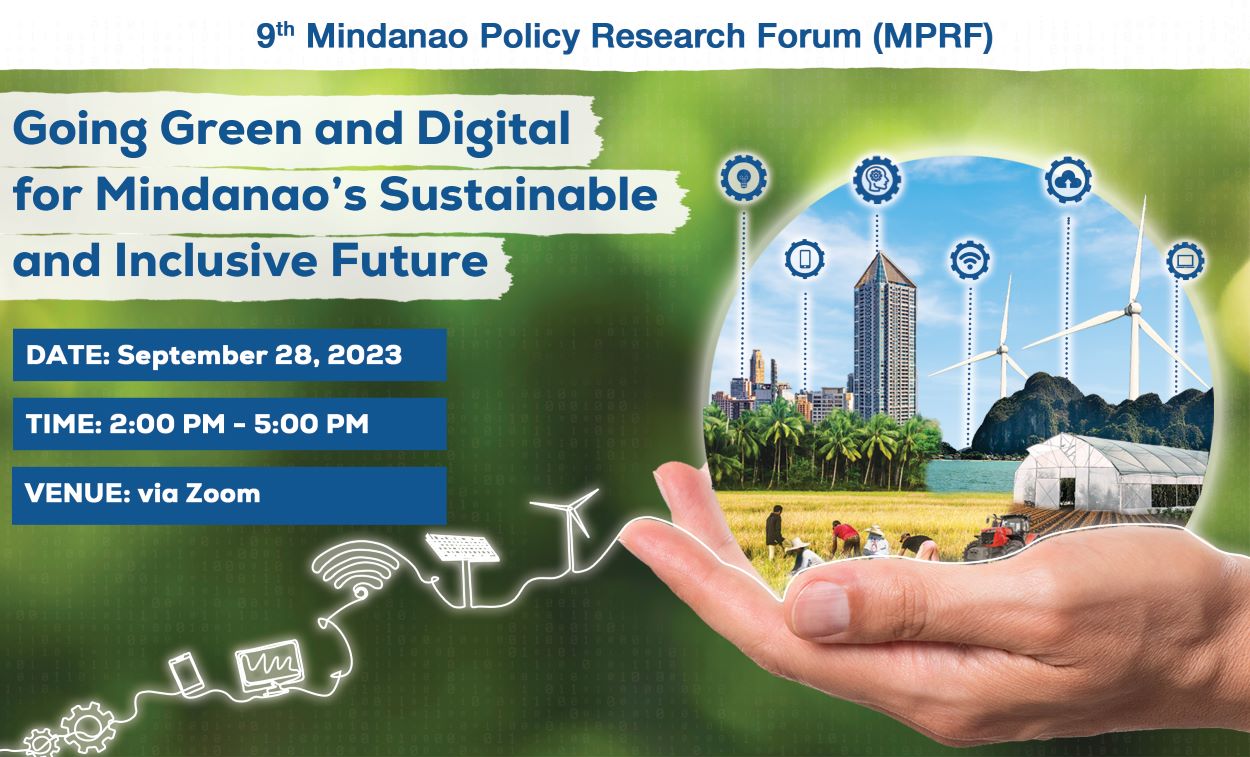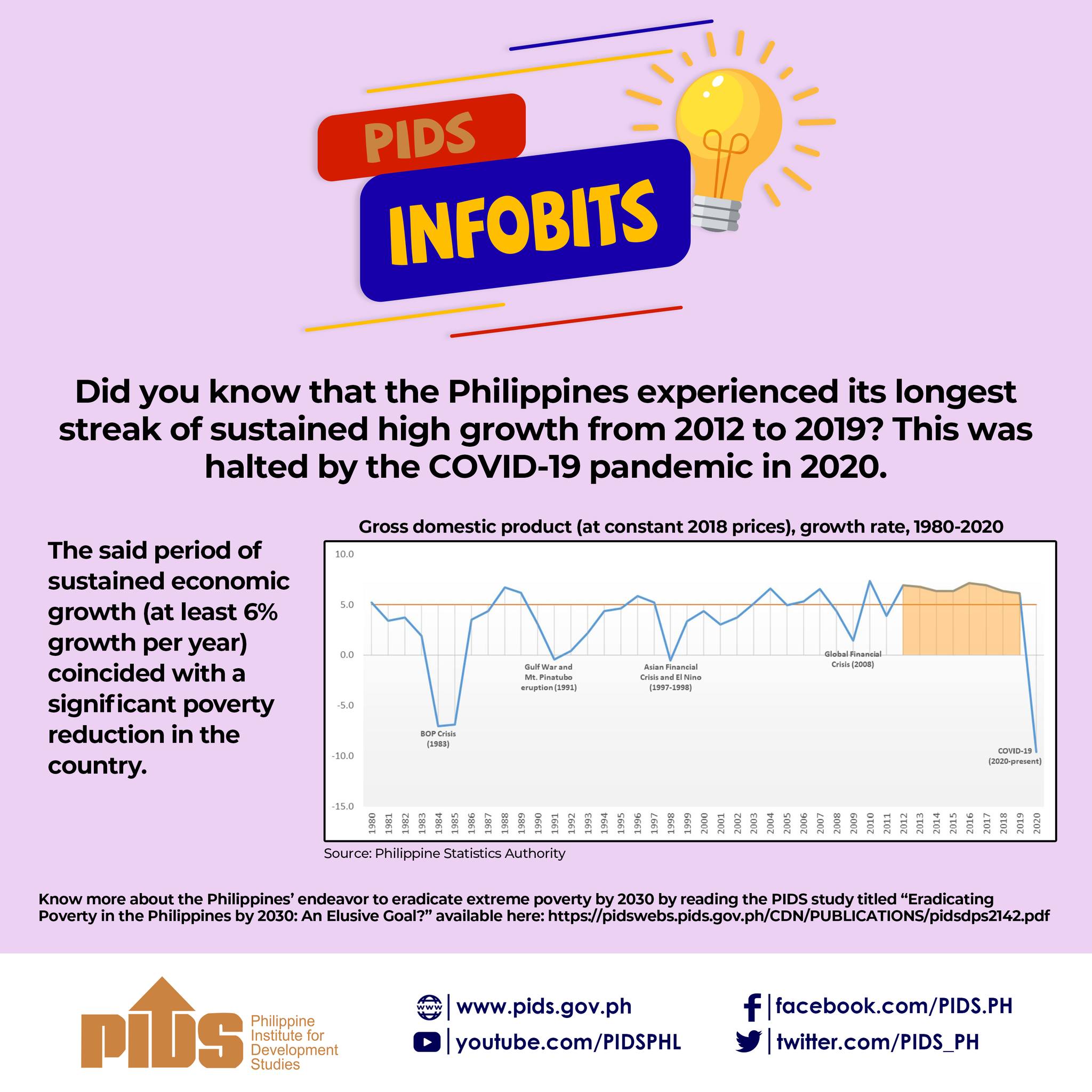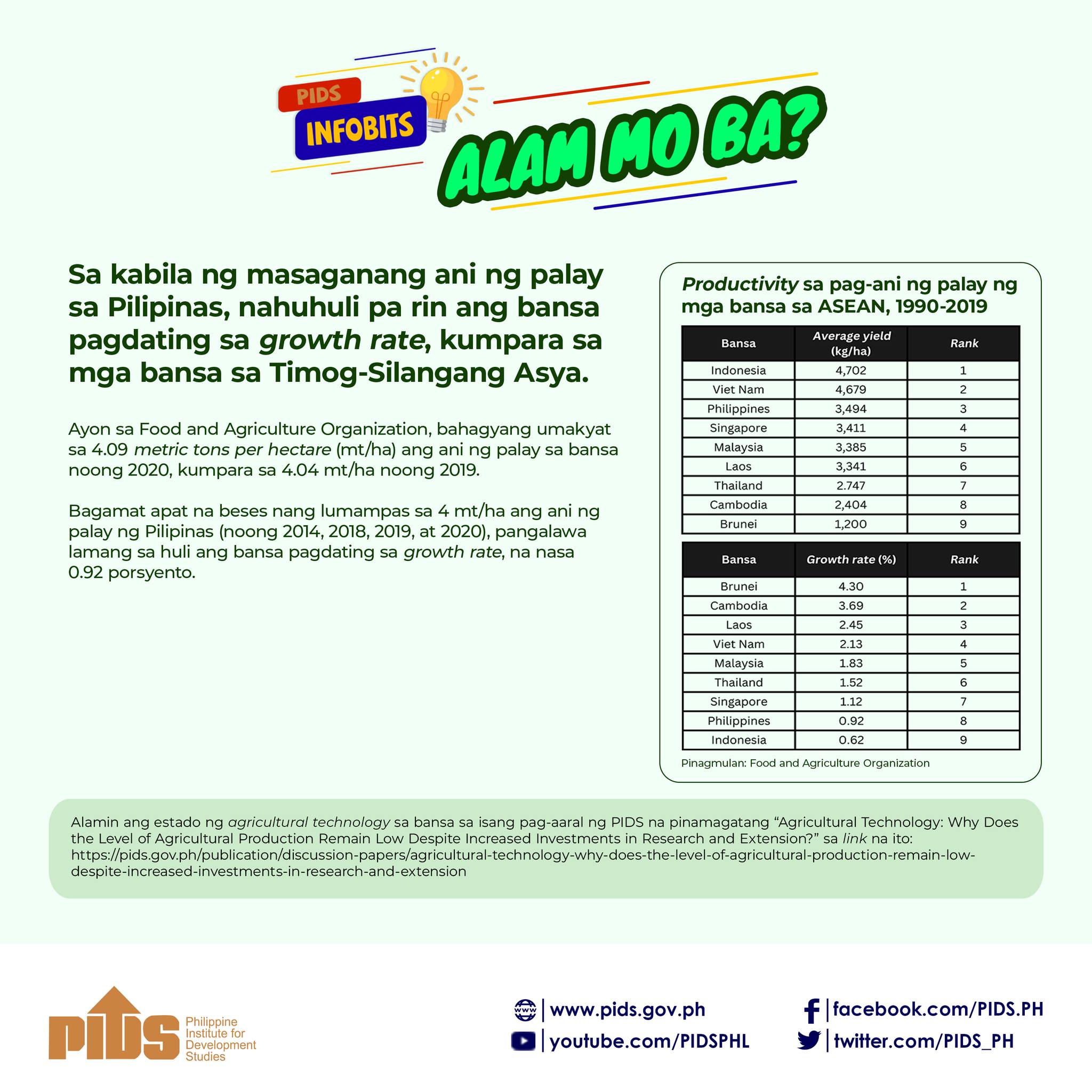A real inclusive growth is the clear solution to the economic inequities of the Philippines. And economists agree that job generation will bring the Philippines a step closer to inclusive growth, after the economy grew 7.2 percent in 2013 despite the recent calamities that struck the Visayas and the Zamboanga siege.
Economists are optimistic that despite the unequal distribution of growth in different sectors, the Philippines has a shot at inclusive growth through job generation.
Ernesto Pernia, a professor at the University of the Philippines School of Economics, said the Philippines is moving toward inclusive growth at its present economic pace.
"If this is sustained, then inclusive growth is not far behind because it will create jobs,” Pernia said.
Philippine Economic Society president Alvin Ang shared Pernia’s sentiment, saying inclusive growth was achievable, if the economy generated enough jobs.
Ang, who is also an economics professor at the University of Santo Tomas, said the Philippines could reach its maximum growth potential if the government created an environment that would spur job creation.
Ang noted that while the economy is growing, the growth is not coming from areas where the poor are.
"People are poor because they do not have jobs,” he said.
Ang said the biggest contributor in the growth of the economy was the services sector.
"The sector that grows so fast is the services, but it requires a certain level of education, knowledge and training,” he said. "Those who get these jobs are people who are transferring from lower income jobs to higher income jobs.”
Ang said the challenge was to create low-income jobs for the less skilled workers who are from the poor sectors.
"Economy is growing and that is a fact. But that fact says despite the growth, the problem is, it is not impacting the real poor,” he said.
Data from the Philippine Institute of Development Studies show the working poor are concentrated in the agriculture/forestry/fishery sector.
"A lot of areas are poor, the challenge to us is how to put jobs in that sector,” Ang said.
He said it was the job of the government to create an environment where business can grow and create employment.
"We have this big misconception that it is the government that creates the job, which is not, that is the job of the private sector,” he said.
Meanwhile, the World Bank said the Philippines must generate 14.6 million good jobs by 2016 to uplift the economic status of jobless and underemployed Filipinos as well as new job seekers.
The World Bank said jobs should be generated for 3 million unemployed Filipinos, 7 million underemployed individuals and around 1.15 million potential entrants to the labor force annually from 2013 to 2016.
"That is a total of around 14.6 million jobs in the formal and informal sectors that need to be created, sustained or improved in the next four years,” the bank said in a report titled "The Philippine Development Report: Creating More and Better Jobs.”
The World Bank report predicted that by 2016, around 12.4 million Filipinos would still be underemployed and unemployed.
Ang said unless the growth pattern changed, the poverty and unemployment rate would stay at the present level.
He stressed the biggest structural challenge is the agricultural sector, where most of the poor are employed.
But not all hope is lost, according to Ang. While there are depressed sectors, there are areas that will push the economy to grow even faster, among them tourism, agriculture and manufacturing and services.
Meanwhile, the National Economic and Development Authority said the country was poised to meet government assumptions and projections this year as the rehabilitation and reconstruction in Visayas would provide stimulus to push growth upward.
Neda director-general Arsenio Balisacan said business establishments in typhoon-affected areas would take time to recover and regain momentum, dampening growth in the first quarter of 2014.
"But we are optimistic that the Philippine economy will remain strong in 2014, especially that the outlook on the global economy is becoming more favorable and as the domestic economy remains robust,” Balisacan said.
He said with clear indications of recovery from the global economic crisis, the Philippine economy, especially the industry sector, was in a good position to take advantage of wider export markets amid reforms and government’s efforts to reduce the cost of doing business in the country.
"Agriculture and industry sectors are expected to be vibrant this year, as the government promotes linkages between the two sectors to increase value added as a key strategy identified in the Philippine Development Plan midterm update,” he said.
The construction of major infrastructure projects, particularly in the transport sector, is expected to add fuel to the growth this year and beyond.
"Notwithstanding this vibrant outlook, we remain keen on the domestic and external challenges that the economy is facing,” Balisacan said.
"We are also aware that growth remains uneven, as some areas have higher growth potentials than others,” he added.
Balisacan said the updated Philippine Development Plan noted the spatial dimensions of development in the pursuit of poverty reduction.
He said the combined impact of typhoons and other natural disasters that hit the Philippines in 2013 might have reduced the full-year real gross domestic product growth by at least 0.1 percentage point.
"This is why the government has strengthened its strategies to improve disaster resilience,” he said.












